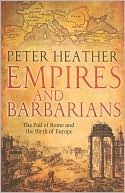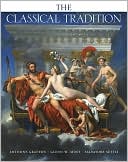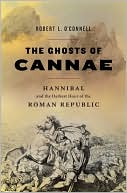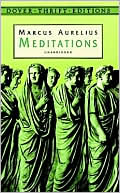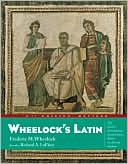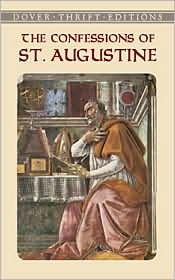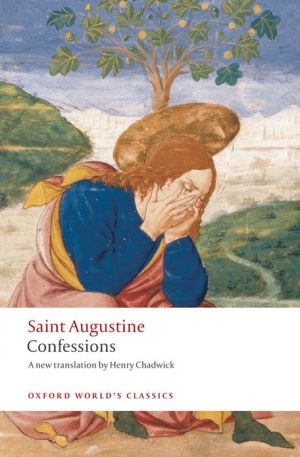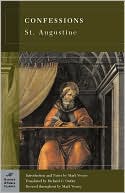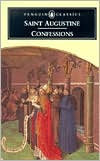Empires and Barbarians: The Fall of Rome and the Birth of Europe
Search in google:
Here is a fresh, provocative look at how a recognizable Europe came into being in the first millennium AD. With sharp analytic insight, Peter Heather explores the dynamics of migration and social and economic interaction that changed two vastly different worlds—the undeveloped barbarian world and the sophisticated Roman Empire—into remarkably similar societies and states. The book's vivid narrative begins at the time of Christ, when the Mediterranean circle, newly united under the Romans, hosted a politically sophisticated, economically advanced, and culturally developed civilization—one with philosophy, banking, professional armies, literature, stunning architecture, even garbage collection. The rest of Europe, meanwhile, was home to subsistence farmers living in small groups, dominated largely by Germanic speakers. Although having some iron tools and weapons, these mostly illiterate peoples worked mainly in wood and never built in stone. The farther east one went, the simpler it became: fewer iron tools and ever less productive economies. And yet ten centuries later, from the Atlantic to the Urals, the European world had turned. Slavic speakers had largely superseded Germanic speakers in central and Eastern Europe, literacy was growing, Christianity had spread, and most fundamentally, Mediterranean supremacy was broken. The emergence of larger and stronger states in the north and east had, by the year 1000, brought patterns of human organization into much greater homogeneity across the continent. Barbarian Europe was barbarian no longer. Bringing the whole of first millennium European history together for the first time, and challenging current arguments that migration played but a tiny role in this unfolding narrative, Empires and Barbarians views the destruction of the ancient world order in the light of modern migration and globalization patterns. The result is a compelling, nuanced, and integrated view of how the foundations of modern Europe were laid. Library Journal British historian Heather (medieval history, Univ. of Oxford; The Fall of the Roman Empire) takes a look at first-millennium migrations in Europe, examining contemporary records, archaeological remains, and modern migration theory. The collapse of Rome in the West and the advance of the Huns from the East set off mass movements of people looking for wealth and security. Examining in chronological order the movements of Germanic peoples, Huns, Slavs, and Vikings, Heather concludes that masses of humanity traipsed across Europe (which some recent historians have doubted) but not exactly in the manner described in old high school history books. The large migrant groups were made up of many temporary loose alliances rather than a single people with a cultural identity. Invaded peoples, even when their conquerors included women and children, were more likely to continue in place in a subservient role than to be massacred. VERDICT Although Heather makes an amiable and learned companion through the centuries of migrations, his exhaustive account is too exhausting and repetitive to be suitable for the general reader. Specialists in the field will want to make the effort.—Stewart Desmond, New York
1 Migrants and Barbarians 12 Globalization and the Germani 363 All Roads Lead to Rome? 944 Migration and Frontier Collapse 1515 Huns on the Run 2076 Franks and Anglo-Saxons: Elite Transfer Or Volkerwanderung? 2667 A New Europe 3338 The Creation of Slavic Europe 3869 Viking Diasporas 45210 The First European Union 51511 The End of Migration and the Birth of Europe 577Maps 619Notes 645Primary Sources 694Bibliography 697Index 720
